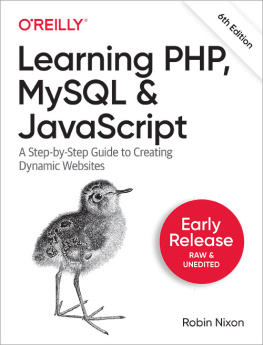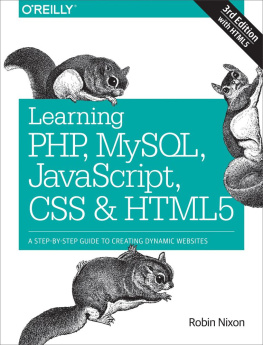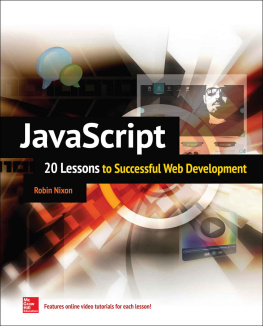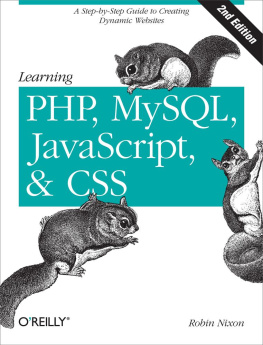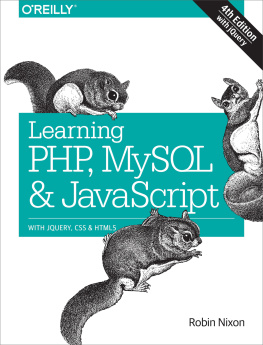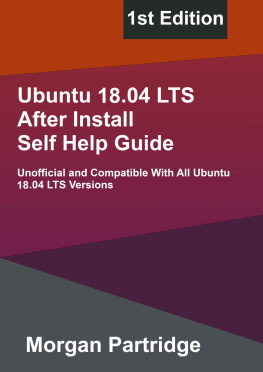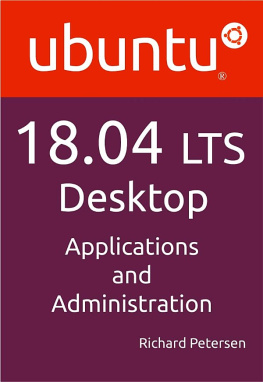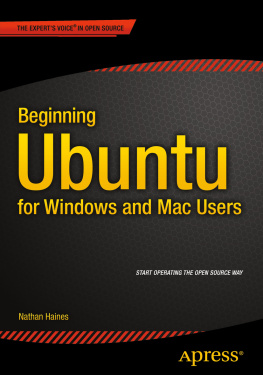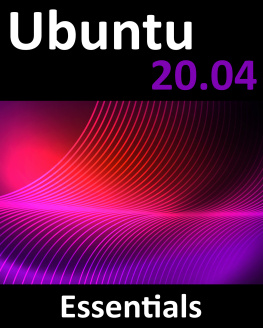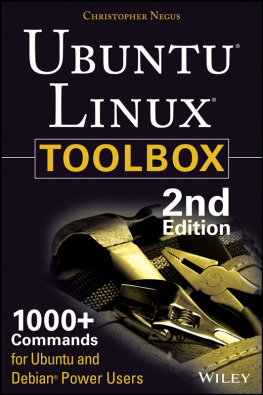Foreword
Jono Bacon
Ubuntu community manager
When I first heard about Ubuntu back in 2004, a few years before becoming the Ubuntu Community Manager, I was captivated by the approach that Mark Shuttleworth, the founder of Ubuntu, was taking with his new venture. Not only did he have a firm commitment to rock-solid technology, forged by a team of open source rock stars with Debian as a foundation, but he underlined his vision with similarly rock-solid commitment to community.
At the time, the industry growing up around open source was still fairly new, Linux was beginning to be commercialized, and community was increasingly seen as an impediment in companies with a traditional software development culture. Corporations and community were beginning to clash, and it was easier for many companies to merely tolerate community rather than embrace it.
Things seemed different with Ubuntu and its primary sponsor, Canonical. Ubuntu took a confident and adventurous approach to their new operating system. They made opinionated decisions about the best tools to satisfy given use cases, integrated exciting new technologies before others were willing to do so, and delivered the whole shebang on a single CD to make distribution and installation easy.
Ubuntu was compelling from a technical and usability standpointwhich in itself was excitingbut as a community management dork, what really excited me was the open and transparent approach to community that Shuttleworth adopted from the projects very launch. Right out of the gate, Ubuntu provided open communication and development resources, an openly governed community council and technical board, public meetings, and even open specification tracking for each new release. This was stunning. Most companies at that time were regressing in the areas of openness and transparency, not progressing. This is when that cheeky young upstart called Ubuntu came screaming into my own consciousness, first as a curiosity, then as an interest, and ultimately as a passion to grow a global, inclusive, and energized community around an ethos of openness and rocking software.
At the time this book is published, I will have been at Canonical for over three and a half years, and the journey we have been on has been remarkable. We have seen our small community grow into global, sprawling user and contributor bases that transcend the borders of countries, languages, and cultures. As our community has grown, we have been united by a shared set of values and energized by a vision of just what could be possible if we came together to change the status quo. What excited me three and a half years ago about Ubuntu was its willingness to question and challenge the norms of the time, underlined by a code of ethics that put community at the heart of the approach. That sense of adventure has never been so effervescent as it is today, and we now have a diverse global movement united by the same spirit; each set of eyes, ears, and fingers putting their brick in the wall to effect change in the way we approach computers, information, and freedom. This is what community is all about: a shared dream in which we all play a part.
This book is one such contribution to that dream. Robin has taken on quite a challenge and put together a comprehensive guide to the ins and outs of Ubuntu. As Robin was writing this book, we were in the thick of our latest release cycle. Robin worked hard to stay ahead of the curve, writing and explaining the operation of functionality that was sometimes only a few days old. I did this once myself when I wrote a book, and it is a complex, time-consuming, and sometimes frustrating process, but Robin took to it with grace and elegance. Robins efforts, combined with the reputation and publishing prowess of OReilly, contribute another brick in the wall toward mainstream Ubuntu success.
I am hugely proud of the progress that we have made so far in our journey, but we still have plenty of road ahead of us. While our global Ubuntu family has broken down many barriers and achieved many things, the fast-changing world of technology brings forward new challenges and opportunities. Fortunately, the firm foundation of our community and drive to succeed will help us to scale these challenges and celebrate the opportunities. Before we step into the future, though, let us celebrate our achievements of today by exploring the many features and nuances in Ubuntu outlined and explained in Robins book. I hope to see you all joining us on our continued journey!
Preface
Ubuntu is far and away the most popular version (or distribution) of the Linux operating system. Dreamed up by a dot-com billionaire and ex-cosmonaut, and based on years of work by thousands of dedicated programmers, Ubuntu is a serious contender in both the desktop and the web server worlds.
It is based on the philosophy that software should be free, both economically and legally, in that you should be able to install it at no cost, and should also be allowed to modify and/or distribute it without paying any fees or royalties, which is achieved by releasing Ubuntu under a special license that protects these rights.
This means you may install Ubuntu on any computer on which it will run, and can upgrade to the latest version as often as you like, without worrying about licenses, product activation, or special keys you have to enter. You can give it to your friends and family too.
Ubuntu is also very easy to install, automatically recognizing and setting up the best drivers for the devices you use. And, with other operating systems taking anything from one hour to half a day to install, Ubuntu really shines with an average installation time of under an hour.
For over a decade, Linux has provided the computing power behind millions of web servers, so its no surprise with the amount of work that has been put into developing graphical frontends, desktop installations of Linux now exceed 1% of the total (a figure that is rapidly growing), with Ubuntu taking the lions share of that amount.
Everything you need to know to become a seasoned Ubuntu user is in this book, which also covers upgrading to and using the latest 10.04 Lucid Lynx release. Whats more, it also shows you how to easily and quickly upgrade to the even newer versions that are released every six months.


